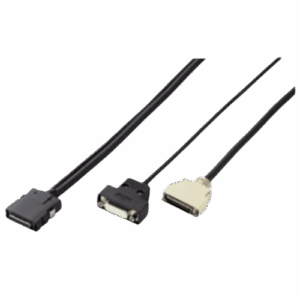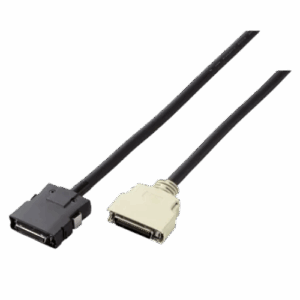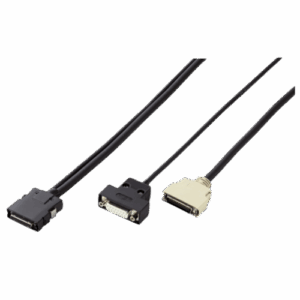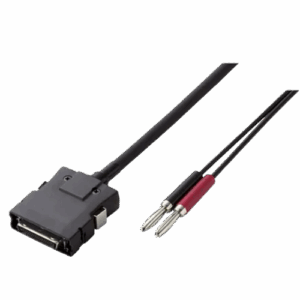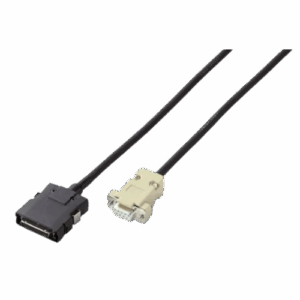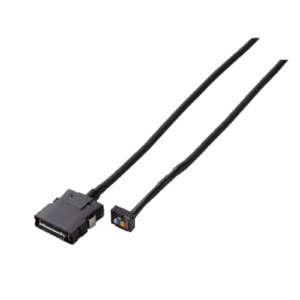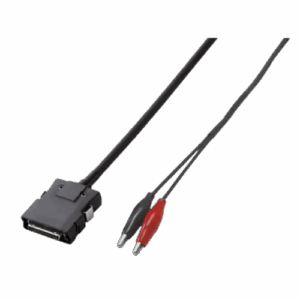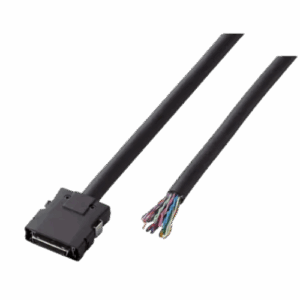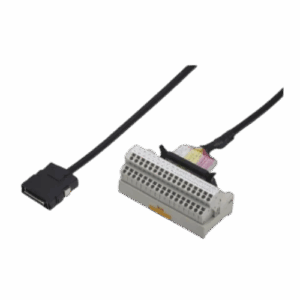Choosing the best and right cable depends on your application, environment, and performance needs. Check the cable’s voltage, current capacity, and insulation type. Make sure it’s suitable for the conditions, like temperature, moisture, or flexibility. Always follow industry standards and consult an expert if unsure.
- Company
- Products
- Brands
- Imada
- Koken
- Kanon
- Tohnichi
- Cedar
- BIX
- Niigata Seiki
- Imada Seisakusho
- Universal Testing Machine – Imada Seisakusho
- Special Attachments
- Special Specification Testing Machine
- Torque Tester
- Push Pull Stand – Imada Seisakusho
- Packing Compression Testing Machine – Imada Seisakusho
- High Speed Peeling Testing Machine – Imada Seisakusho
- Flexure Testing Machine – Imada Seisakusho
- Spiral Spring Durability Testing Machine – Imada Seisakusho
- Leather Testing Equipment & Machine – Imada Seisakusho
- Lamp Socket Pull & Insert Testing Machine – Imada Seisakusho
- Crash Testing | Seat Belt Collision Testing – Imada Seisakusho
- Spring Testing Machine – Imada Seisakusho
- Gedore
- Iijima Electronics
- Otsuka
- Industry
- Automobile
- Airline
- Chemicals / Raw Materials
- Cosmetics / FMCG
- Construction / Furniture
- Electronics / Semiconductors
- Energy
- Ergonomics / Sporting Goods
- Food & Beverages
- Industry Machinery / Parts
- Jewelry & Watch
- Musical Instruments
- Occupational Training
- Packaging / Containers / Paper
- Pharmaceutical & Medical Equipment
- Textile & Clothing
- Toy & Nursery
- Intraocular Lens (IOL)
- Services
- Contact
